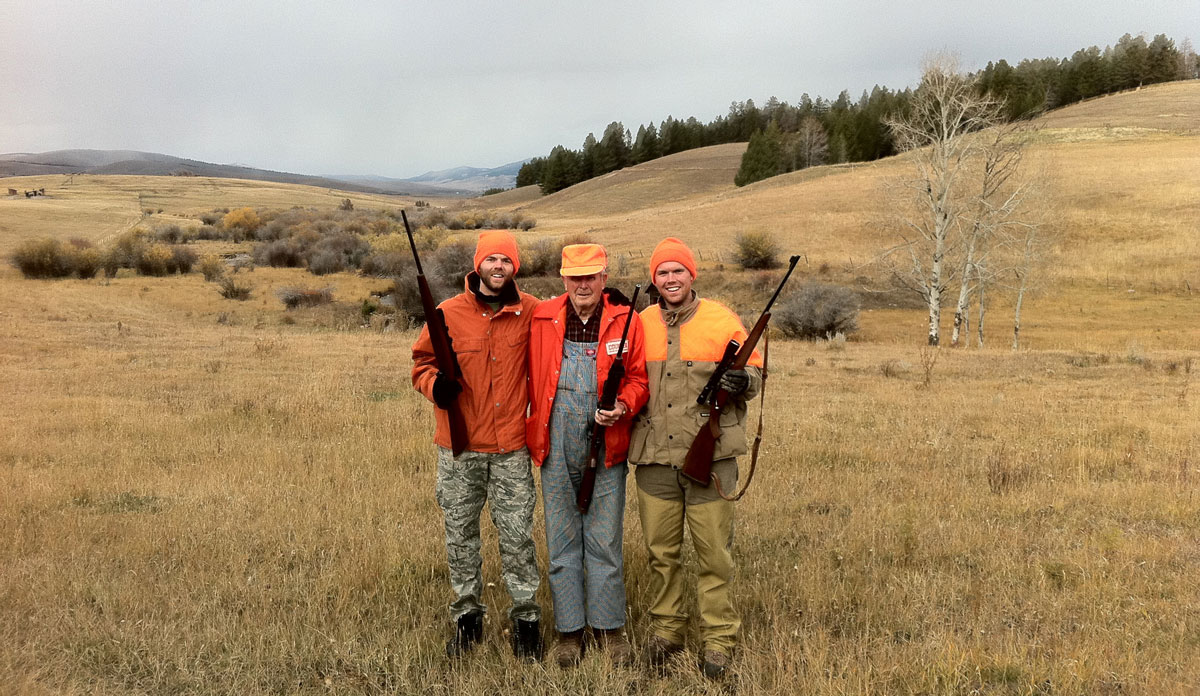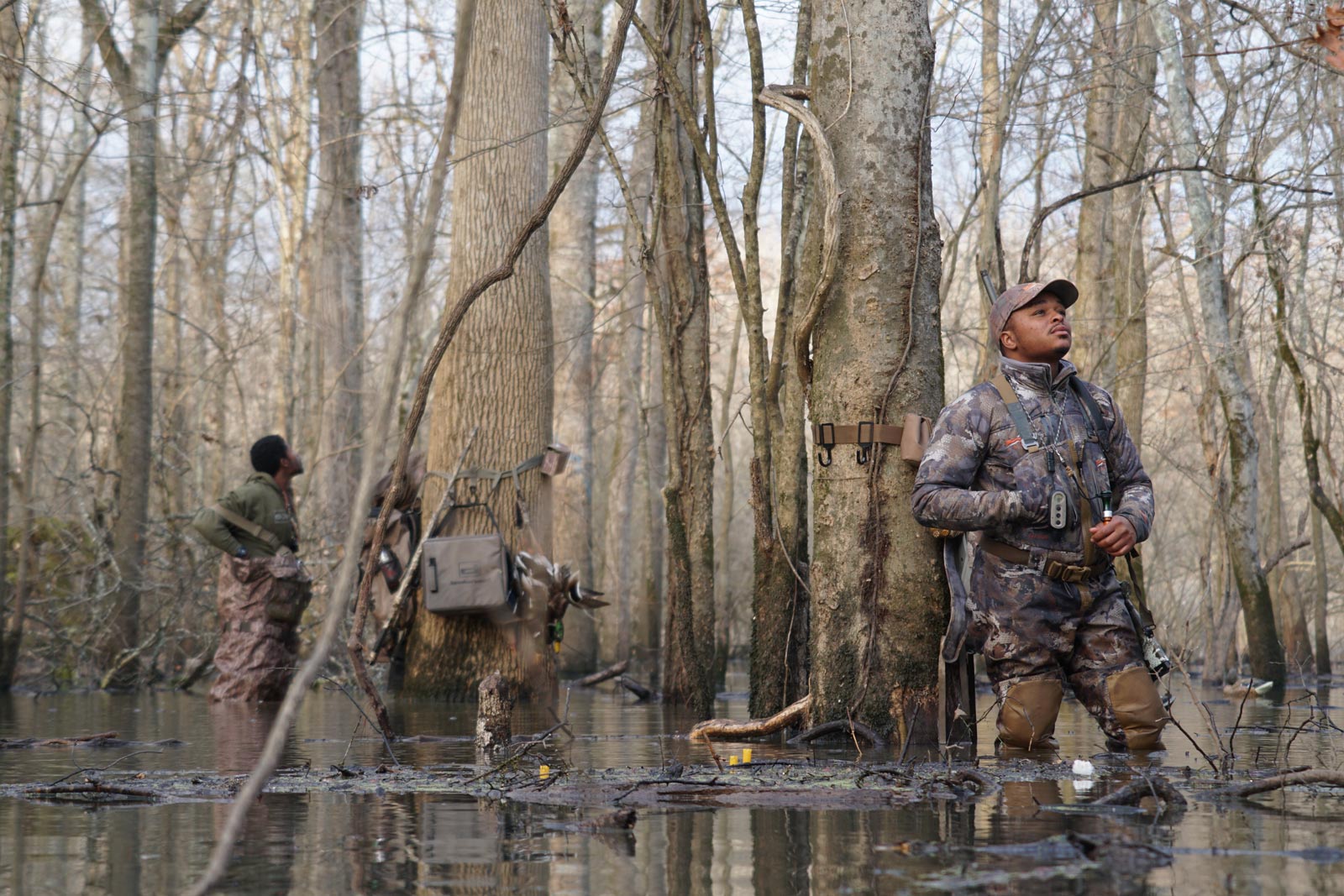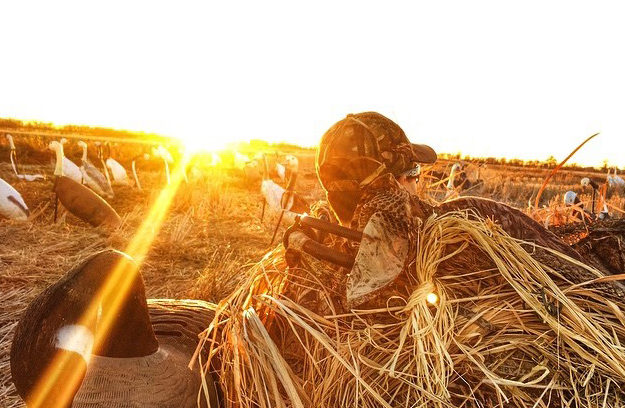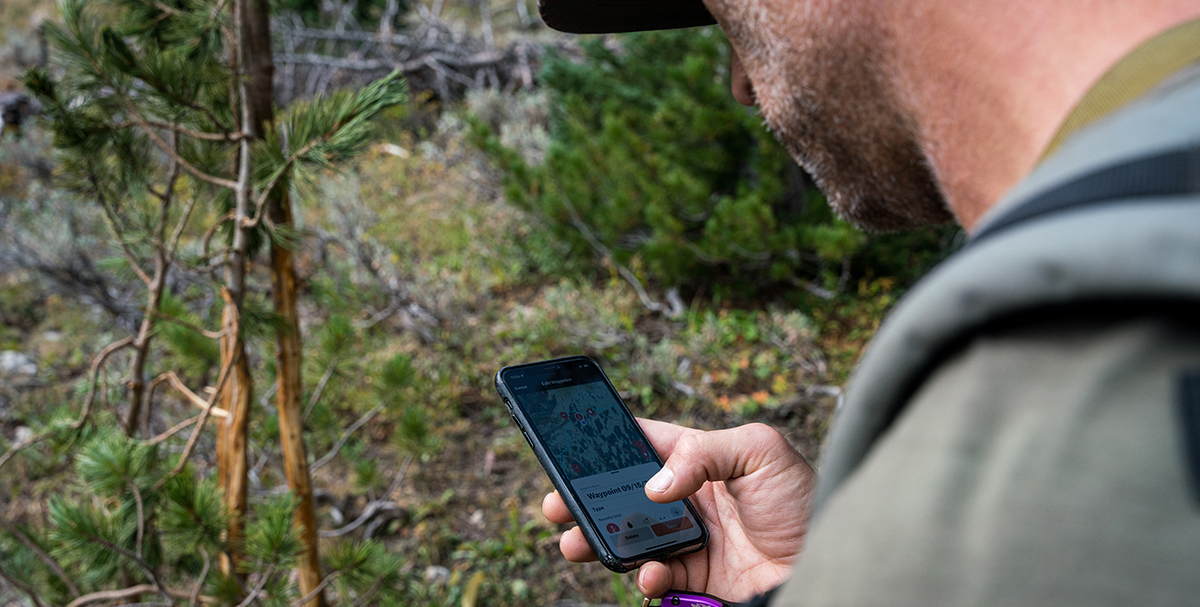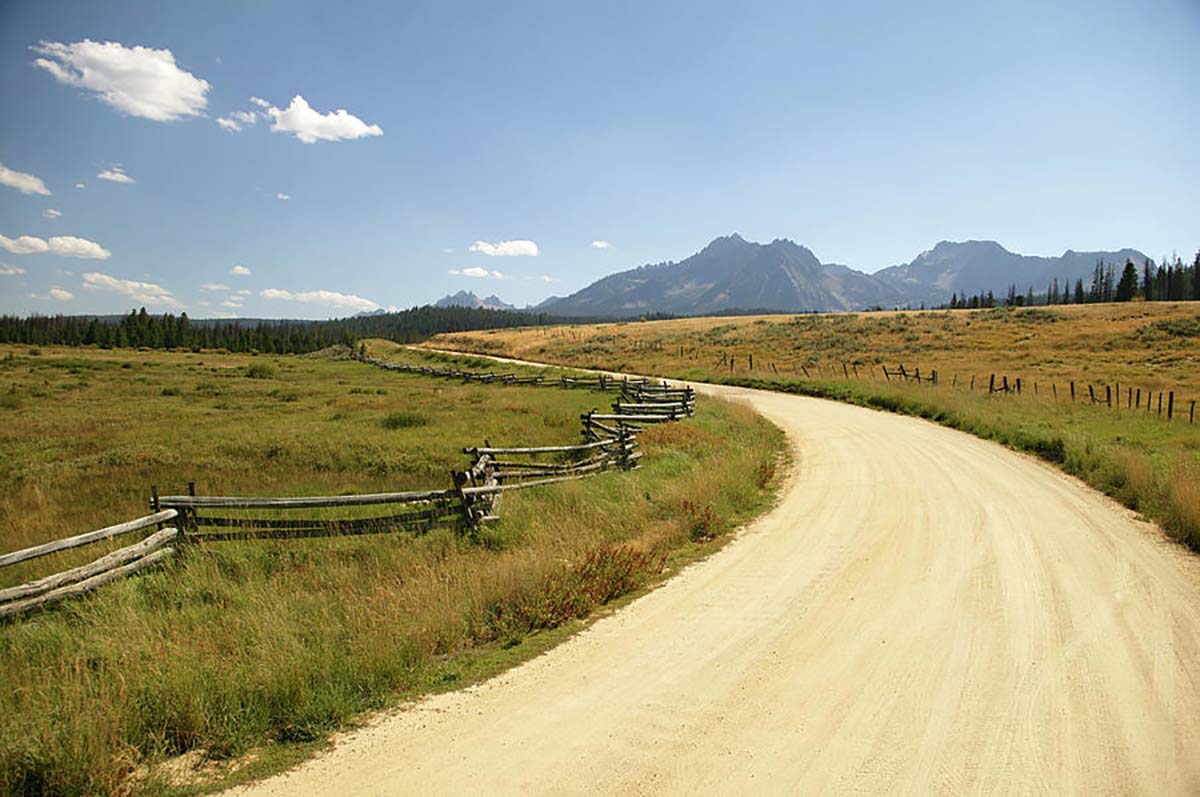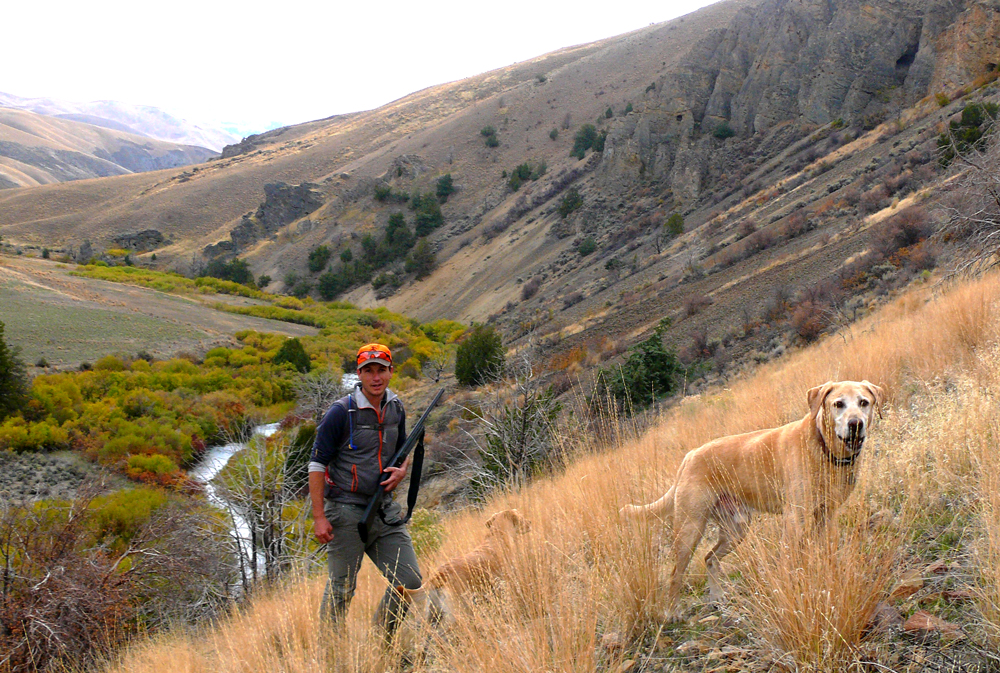THE ISSUES
Unlocking Millions of Acres of Inaccessible Public Land
With the help of onX, we’ve identified millions of acres of public land that are entirely landlocked by private land and therefore inaccessible to hunters and anglers.
Strengthening a Farm Bill Access Program
Safeguarding public lands isn’t enough in states like Iowa, Illinois, Minnesota, and Wisconsin, where agriculture and private lands dominate the landscape. Connecting sportsmen and sportswomen with private land open to hunting and fishing, while supporting landowners and habitat, is key.
Backcountry Conservation Management
The future of 71 million acres of Bureau of Land Management public lands is being decided as the agency develops local land-use plans across the West. This is the last opportunity for sportsmen and sportswomen to conserve some of our best hunting and fishing areas. (Image: Sara Domek)
Modernizing Public Land Data
Many public land access easement records are still held on paper files in the backs of dusty filing cabinets. This data needs to be digitized so all hunters and anglers can find ways to access our public lands.
Clarifying Public Road Access
As federal agencies work to digitize their access easements, often unlocking landlocked public lands, countless other state and county public roads remain unmarked and indistinguishable from private lanes, resulting in widespread confusion for hunters and anglers trying to reach public land. Maps of these access roads need to be digitized to improve the data available via mobile apps and GPS devices.
NOW TRENDING

